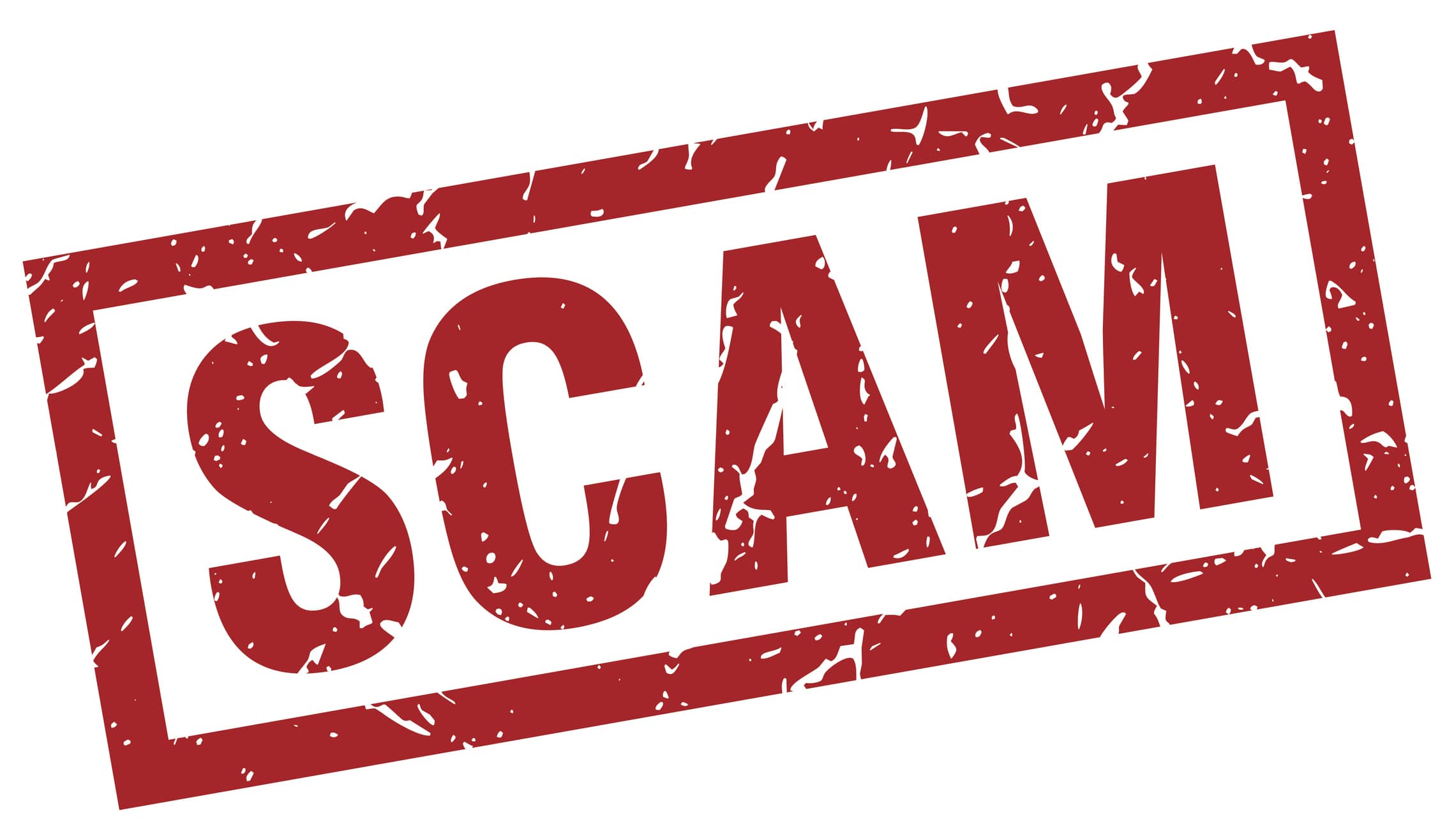Let’s be honest: most of us didn’t become entrepreneurs because we love spreadsheets.
We wanted freedom. Flexibility. Impact. Maybe even a little fun.
But the moment invoices, taxes, expenses, and income statements enter the picture, it’s easy to feel overwhelmed or out of control.
For years, I avoided the money side of my business. I’d check in monthly (at best), cross my fingers, and hope I had enough to cover everything.
But everything changed when I committed to checking just one number every single week.
And no—it’s not my revenue.
Not my profit.
Not my sales pipeline.
The one metric I track weekly?
Net Cash Flow
📊 What Is Net Cash Flow?
Simply put, Net Cash Flow = Money In – Money Out.
It answers this simple but critical question:
“Am I making more than I’m spending?”
This metric tells you:
Whether your business is healthy
If you’re about to run into a cash crunch
Whether that new software/tool/freelancer is a smart investment
If you can pay yourself (or should wait another week)
It’s not sexy, but it’s powerful.
🧠 Why Net Cash Flow Is More Important Than Profit (Sometimes)
You can have a profitable business on paper, and still be broke.
Here’s how:
You’ve made sales, but clients haven’t paid yet
You spent a lot upfront (ads, tools, inventory)
You're tracking revenue, but not actual cash movement
Profit is long-term.
Cash flow is survival.
If you run a small or solo business, cash flow keeps your business (and your sanity) alive.
🧾 How I Track It (In Less Than 10 Minutes a Week)
You don’t need fancy software to track net cash flow. Here’s how I do it:
Step 1: Open My Finance Tracker (Google Sheet or Notion works great)
I use 3 simple columns:
Income this week
Expenses this week
Net Cash Flow = Income – Expenses
Step 2: Update the Numbers
I check my business bank account + payment platforms (Stripe, PayPal, etc.)
I log any new income that landed
I log any expenses paid (subscriptions, freelancers, ads, etc.)
Step 3: Note the Net Flow
Was it a positive week (more in than out)?
Or a negative week (more out than in)?
Then, I add a quick colour code:
✅ Green = Positive
⚠️ Yellow = Close
🔴 Red = Negative
That’s it. 10 minutes, max.
🔁 Why I Do It Weekly (Not Monthly)
A month is too long to catch problems.
What if a subscription increased?
What if you didn’t notice a client is overdue?
What if your ad budget ballooned without results?
By checking weekly, I can:
Adjust quickly
Make faster, smarter decisions
Spot patterns (good or bad) early
It's like checking your pulse. You want to catch issues before they become emergencies.
🧩 Real-Life Example
Let me show you how this saved me.
A few months ago, my net cash flow suddenly dipped two weeks in a row, even though I was booking new clients.
Why? A delayed invoice and a surprise annual software renewal.
Had I waited until the end of the month, I would’ve been blindsided. But by catching it early:
I paused a few non-urgent expenses
I nudged my client (politely) to process payment
I created a plan to space out annual renewals
Crisis averted—in just 10 minutes.
💡 What Weekly Cash Flow Teaches You
Here’s what I’ve learned by tracking this one metric:
Your income rhythm matters. (A $3k week followed by three $0 weeks isn’t steady.)
Your spending adds up. (Little $10 tools? They multiply.)
Confidence grows with clarity. (You’ll make decisions faster—and sleep better.)
🤯 Other Metrics I Don’t Obsess Over Weekly
There are other important numbers, but I don’t check them every week:
Total profit (monthly)
Annual revenue goal (quarterly)
Lifetime customer value (strategic planning)
Weekly focus = clarity, not clutter.
That’s why net cash flow stands alone.
🧘♀️ The Mental Health Benefit of Weekly Money Check-Ins
Money avoidance is a real thing. And it causes stress even when you’re doing “okay.”
By checking my cash flow weekly:
I feel in control
I don’t fear the numbers
I stop money spirals before they start
It’s not about being a finance nerd. It’s about not letting fear run your business.
✅ Try It This Week: A Simple Template
Create a 3-column sheet with these headers:
| Date | Income This Week | Expenses This Week | Net Cash Flow |
|---|---|---|---|
| June 30 | ₹12,000 | ₹7,000 | ₹5,000 (Green) |
| July 7 | ₹4,000 | ₹6,500 | -₹2,500 (Red) |
Colour code. Update weekly. Watch your patterns.
Once you’re in the habit, it becomes second nature—and it’ll change how you run your business.
📌 Final Thoughts: Simplicity Wins
You don’t need a CFO. You don’t need 12 dashboards.
You need a clear view of your money.
Tracking weekly net cash flow gives you:
Control
Confidence
Clarity
Calm
It keeps you grounded when revenue is up… and when things are tight.
So if finances feel fuzzy, overwhelming, or avoided…
📣 Start here.
Track just this one number for the next 4 weeks.
It’ll tell you more about your business health than any big report.
And it might just give you the peace of mind you didn’t know you were missing.
🧮 Want More?
You might also love:
“Why I Ditched My To-Do List for This Simple System”













Recent Comments
No comments yet.